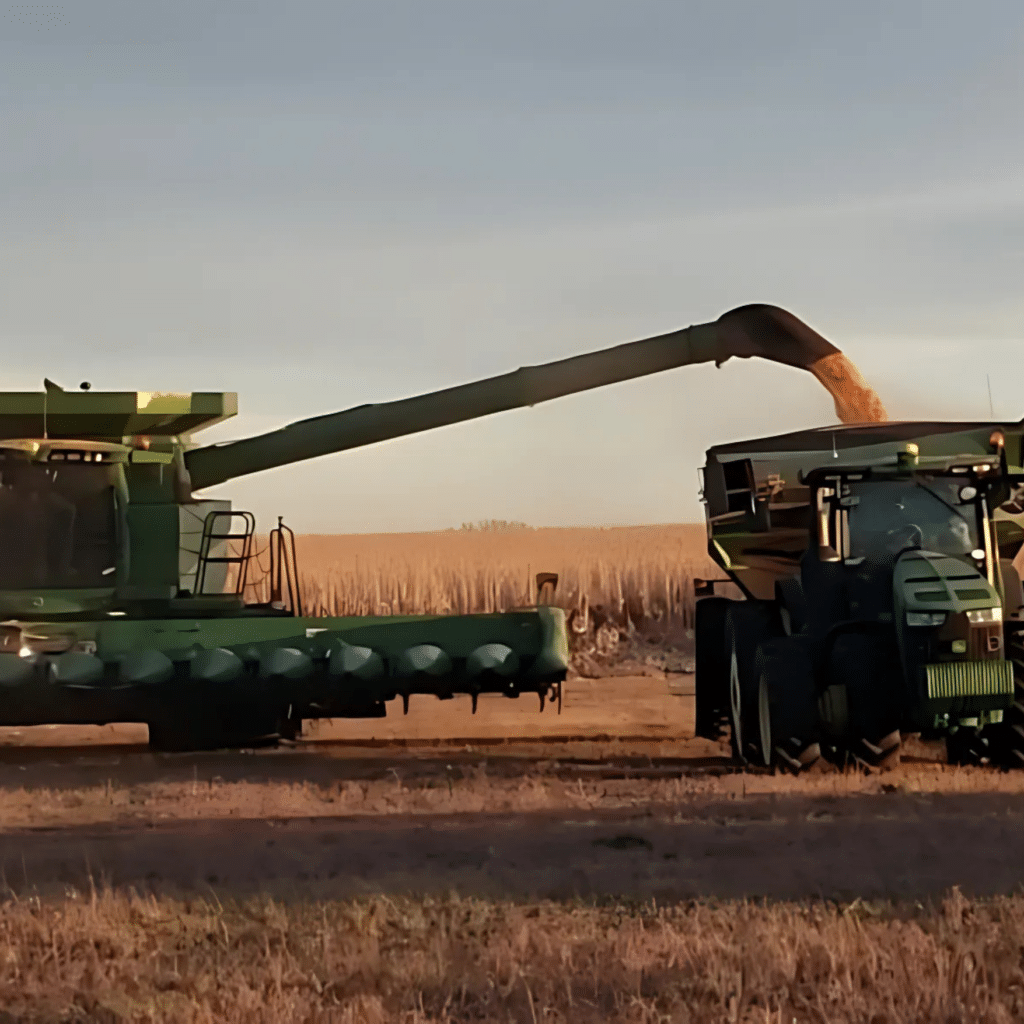Hillco Pivoting Spouts vs Lankota Unloading Auger Tippy Spouts

What does the Pivoting Spout Cost?
Hillco Pivoting Spout
- CPS1410 list price is $2,200 for Case IH combines
- JPS1720 list price is $2,200 for John Deere combines
Lankota Unloading Auger Tippy Spout
- LANTS22478 suggested retail price is $3,950 for John Deere combines
- LANTS24592 suggested retail price is $3,950 for Case IH & New Holland combines
The Lankota Tippy Spout is priced at $3,950, while the Hillco Pivoting Spout is $2,200. Both offer similar functionality, with a notable difference in price.
What Combines do the Pivoting Spouts fit on?
Hillco Pivoting Spouts fit a range of both Case IH combines and John Deere combines which allows for enhanced control when topping off grain carts or trucks. The Hillco CPS1410 is a pivoting spout for Case IH combines with 14” unloading augers. The Hillco JPS1720 is a pivoting spout for John Deere combines with 17” high unload rate augers. Both spouts offer the same 37° of rotation helping to project the grain stream further than stock spouts.
Lankota’s Tippy Spouts are currently available for John Deere combines with high unload rate augers and most Case and New Holland combines with 14” unloading augers. Lankota does not publish the exact degree of rotation for their Spouts, but users report enhanced grain placement capabilities.
How do you Operate Pivoting Spouts?
Both brands of spouts are controlled with foot rocker switches in the cab of the combine. The Lankota Tippy Spout foot switch is a bit larger than Hillco’s. Both rocker switches can be placed on either side of the steering column of the combines cab.
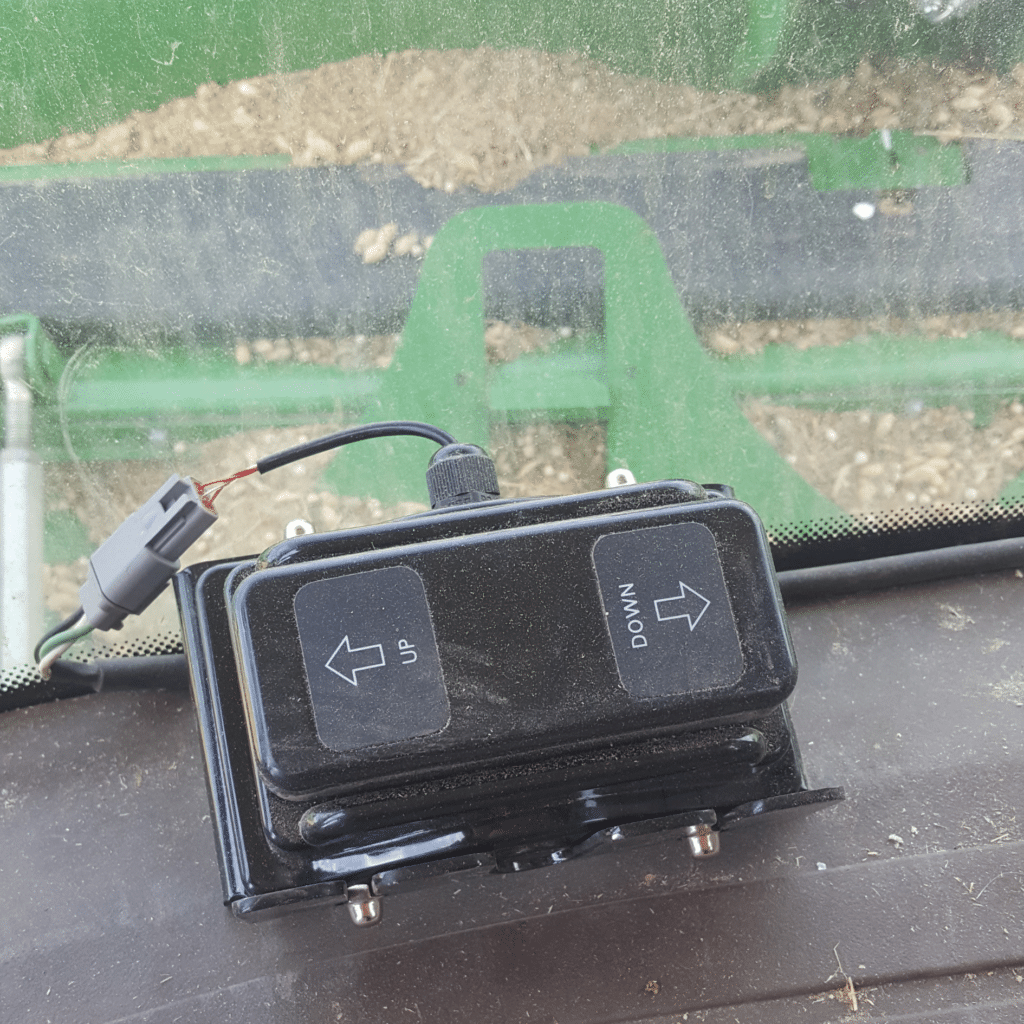
Hillco Pivoting Spout Foot Rocker Switch
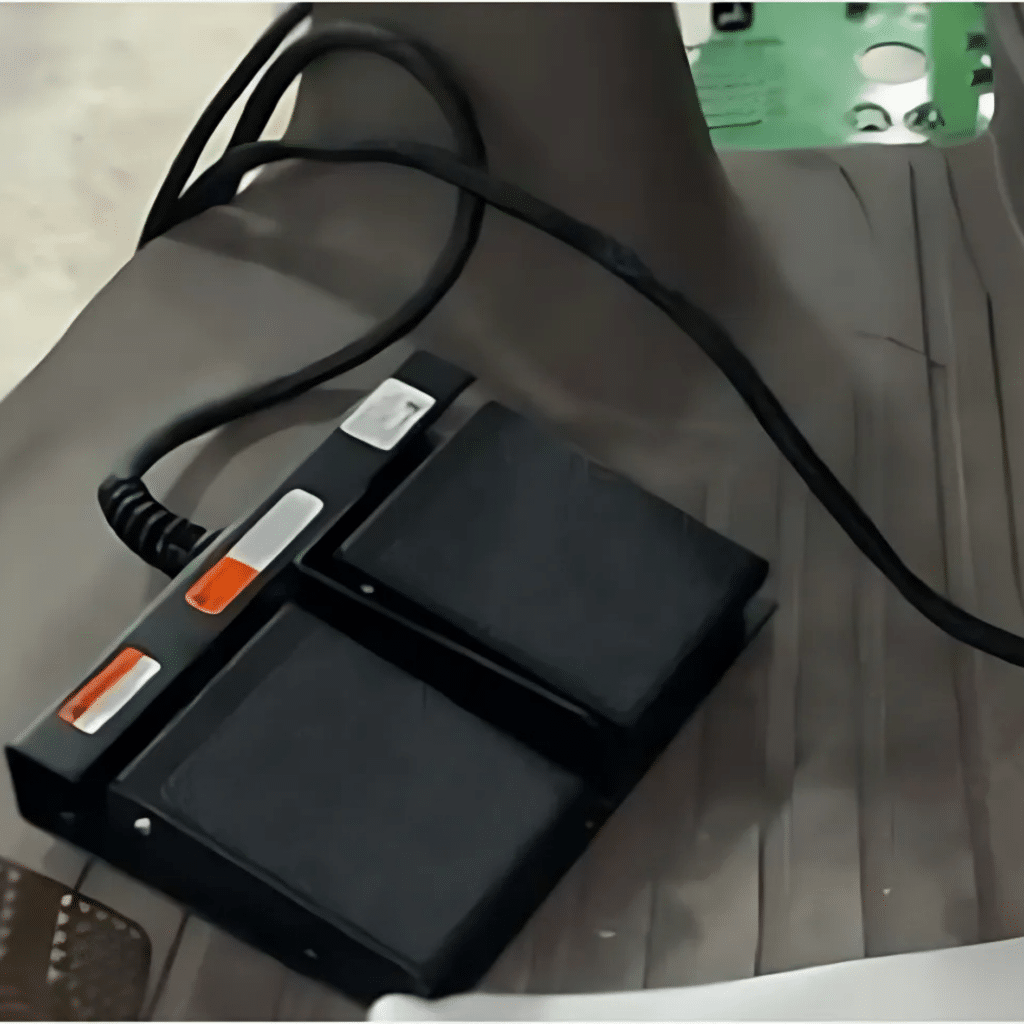
Lankoa Foot Switch
Where is the Actuator Located on Pivoting Spouts?
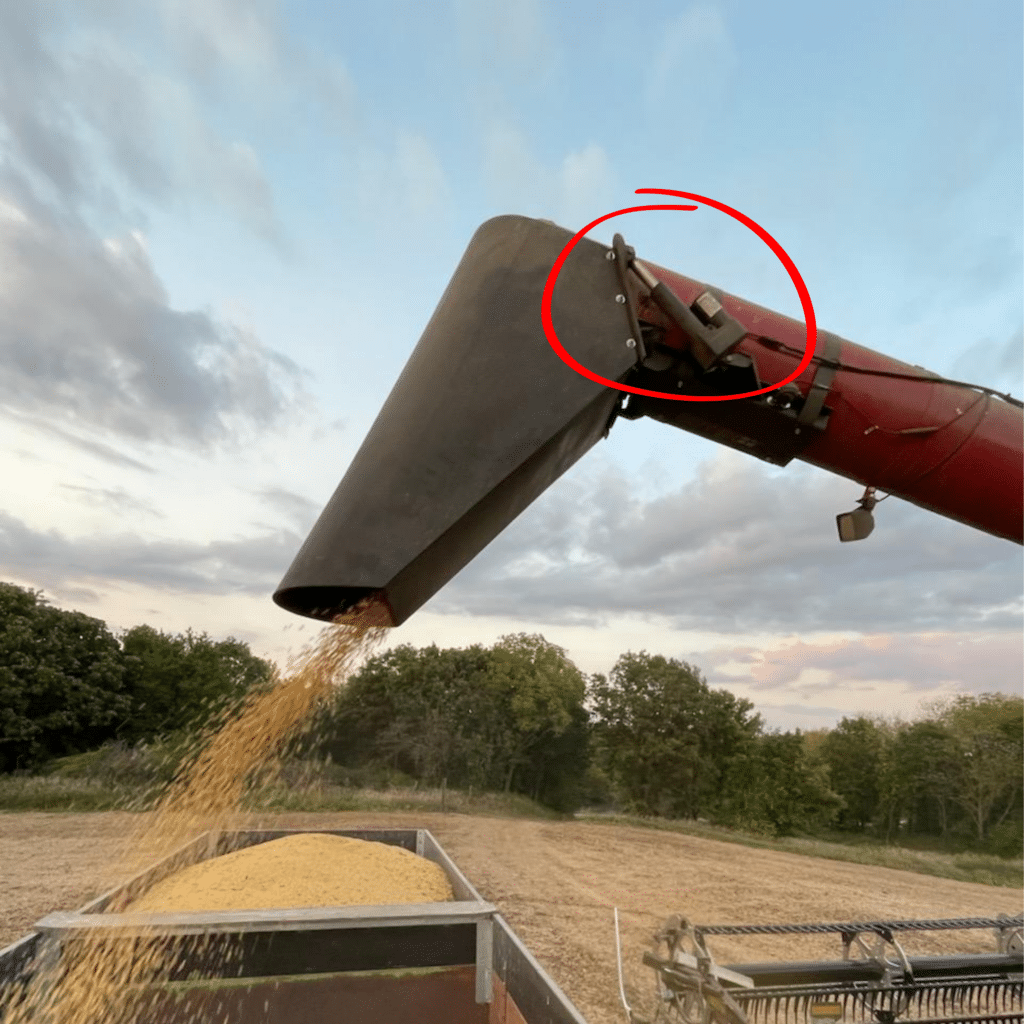
Hillco’s pivoting spout was designed specifically to have the actuator placed behind the auger to protect it from being hit and possibly damaged or torn off if accidentally colliding with a grain bin or truck
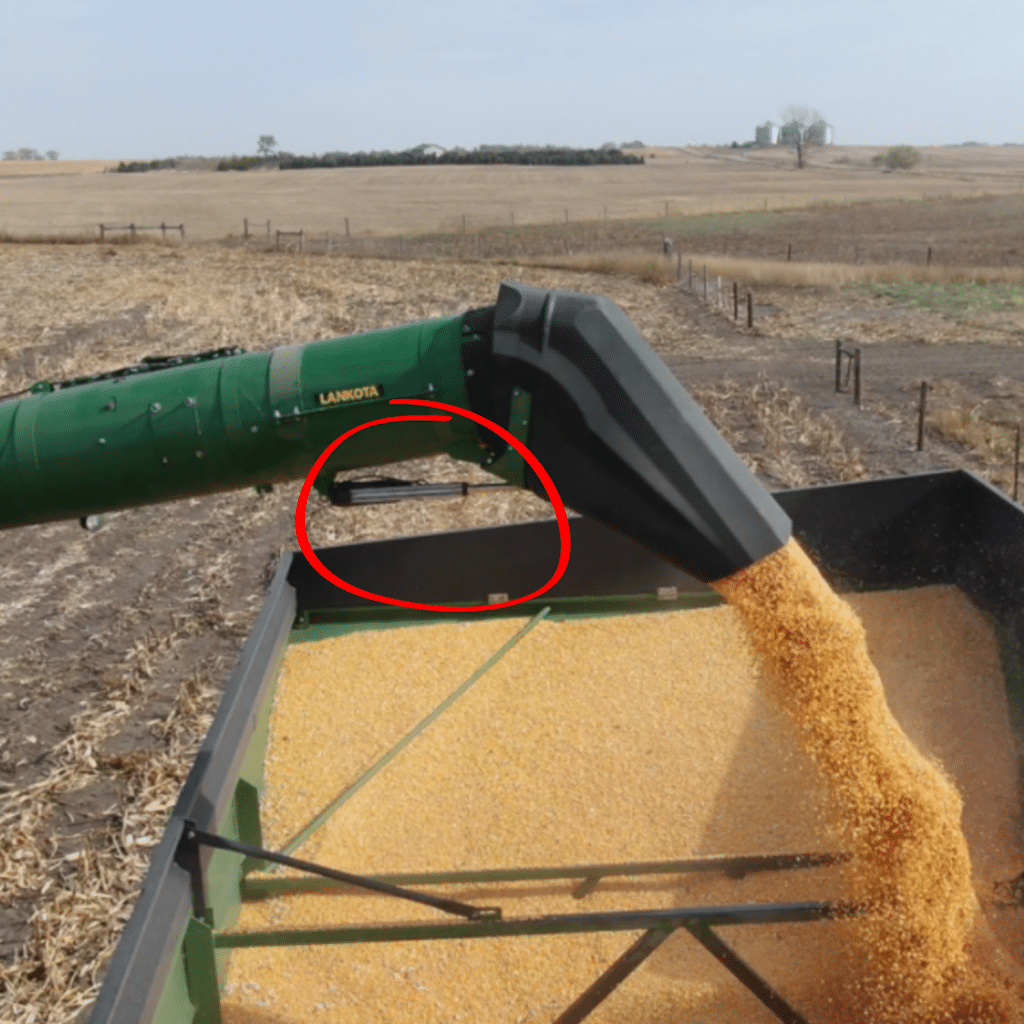
The Lankota spout actuator is directly below the auger.
What Material are Pivoting Spouts made of?
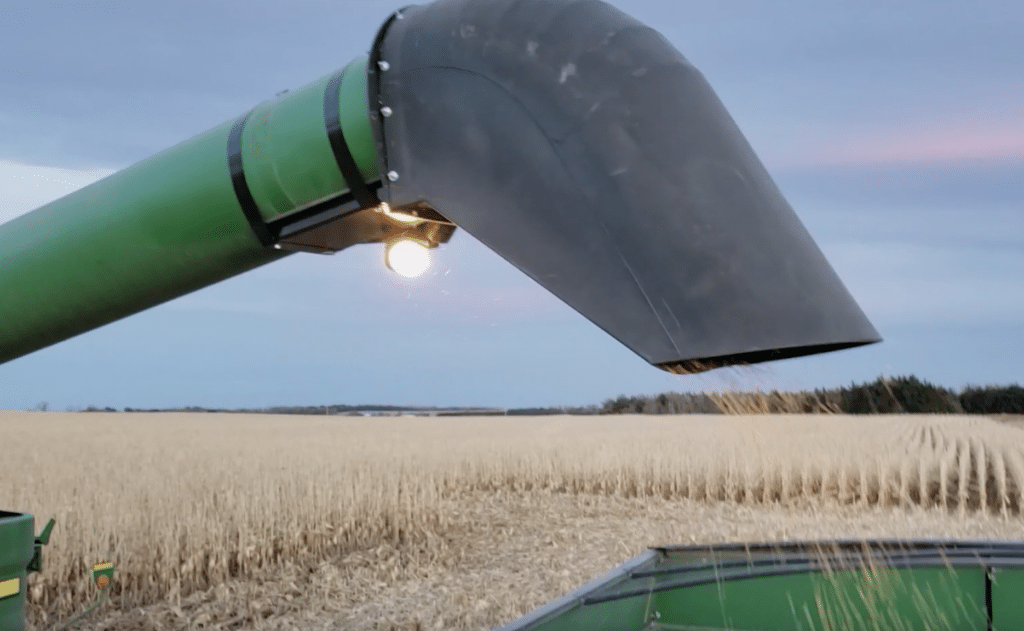
Hillco’s pivoting spout is made out medium density polyethylene – which is a plastic material with a balance of strength, stiffness, and toughness.
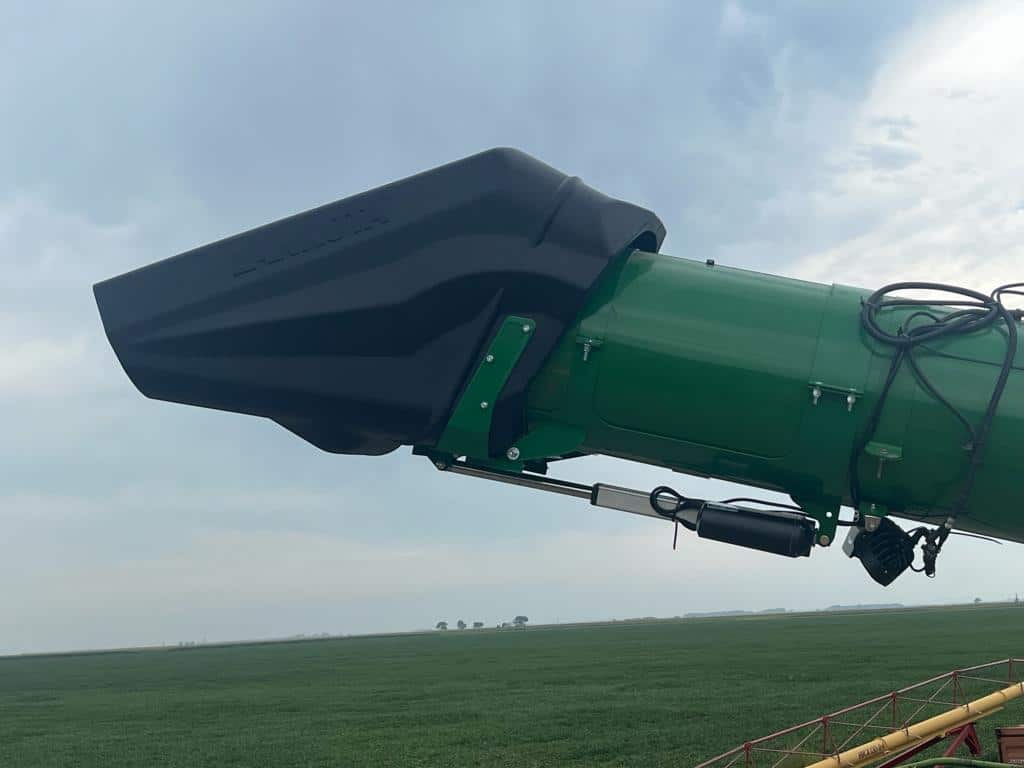
Lankota’s Tippy Spout is made from a molded inner and outer plastic boot.
How is Wiring / Electrical Configured?
Hillco’s Spout is standalone other than connecting to the combine’s battery.
Lankota’s Spout requires an electrical tee into the existing Case IH or John Deere harnessing, requiring the electrical on the combine to function properly.
While both provide fused power protection, in the case that troubleshooting is needed, Hillco’s stand-alone system would make any issues much easier to diagnose.
Does the Pivoting Spout use the Grain Saver Door?
Hillco’s Pivoting Spout utilizes the factory grain saver door whereas the Lankota Spout requires you to remove the grain saver door and replace it with their grain saving trough.
How can a Customer Purchase a Pivoting Spout?
Hillco Spouts are available to purchase directly from Hillco by end users as well as available for John Deere and Case IH dealers to purchase under a contractual dealer agreement. Both of Hillco’s Pivoting Spouts are available for purchase on our website at www.hillcotechnologies.com/shop-pivoting-spout/ or over the phone at 800-937-2461.
Lankota’s Spouts are available through John Deere & Case IH dealers.
How long does it take to install Pivoting Spouts?
Installation, of both Hillco and Lankota Spouts, can be completed by just one or two people in under two hours.
Hillco and Lankota models both have Installation Manuals / Directions that include a parts breakdown as well as clear photos and instructions on how to install the Spouts. Both of these documents are readily available on the manufacturers’ respective websites.
If you’re considering a Pivoting Spout for your combine...
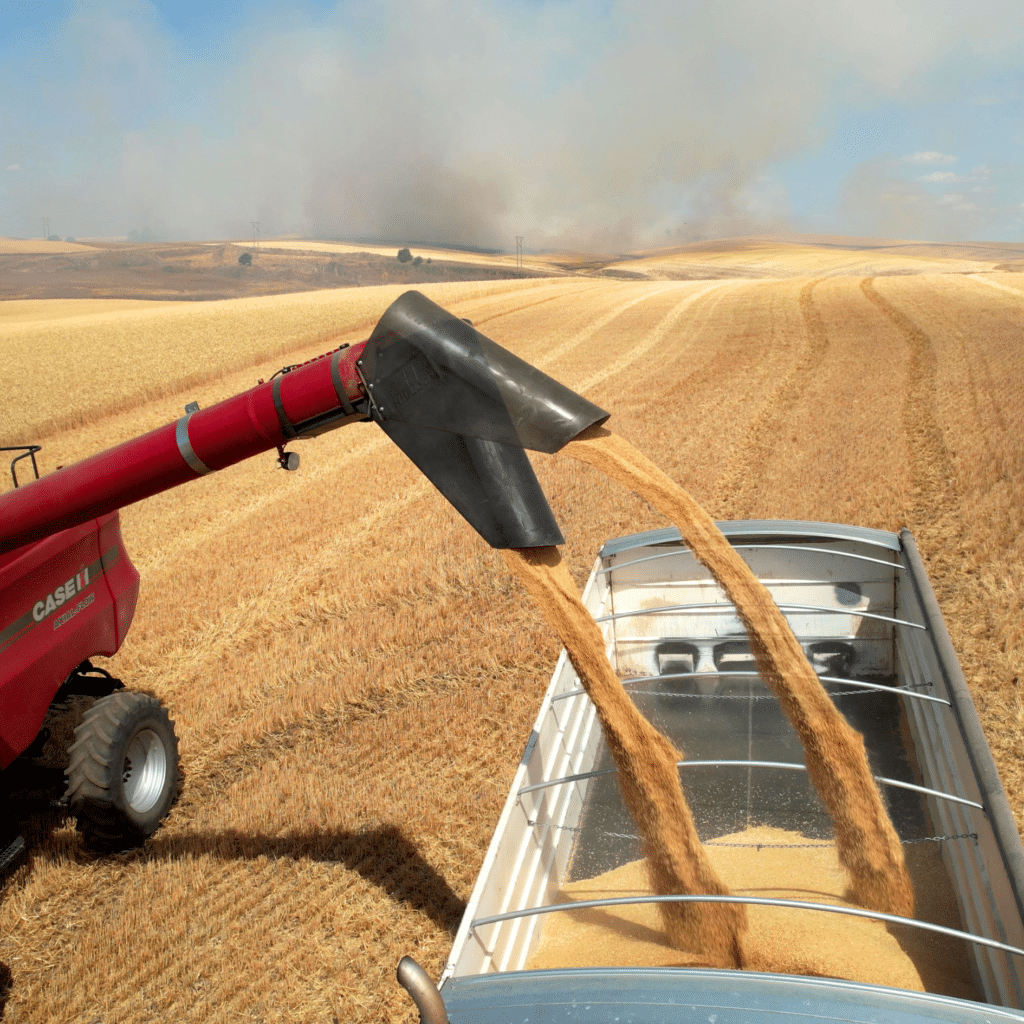
You can find more details about the Hillco Pivoting Spout by clicking the buttons below or contact our team with any questions.

